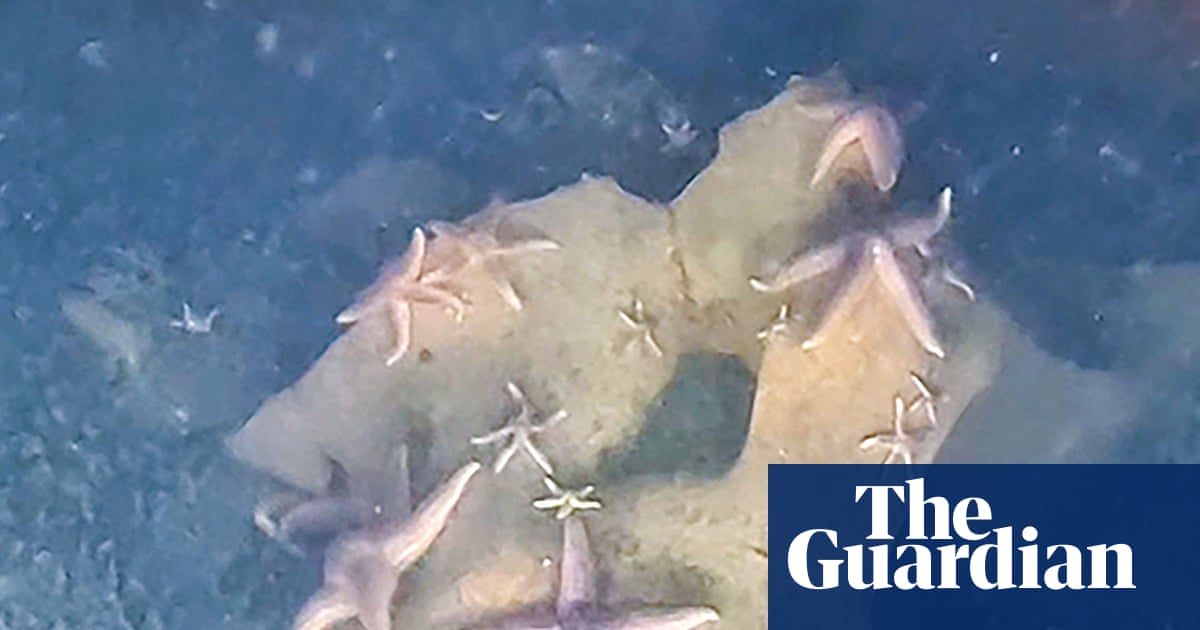
"When the first scientists went looking to see what they were doing to the ecosystem, some of us expected to see a desert, with nothing living there because it was all poisoned, says Andrey Vedenin, from the Senckenberg Research Institute in Frankfurt am Main, who led a team of scientists to catalogue for the first time what life is able to survive on underwater weaponry. What they found astonished them."
"It is actually astonishing how much life we find in places that are supposed to be toxic and dangerous, he says. More than 40 starfish had piled on to one exposed chunk of TNT. They were living on metal shells, fuse pockets and transport cases just centimetres from its explosive filling. Fish, crabs, sea anemones and mussels were all found on the old munitions. You could compare it with a coral reef in terms of the amount of fauna that was there, says Vedenin."
In the Bay of Lübeck, thousands of Nazi bombs, torpedo heads and mines were dumped after the second world war and now lie matted together on the shallow muddy seafloor. The munitions have corroded into a rusting carpet just centimetres beneath popular beaches and calm waters used for recreation. Submersible footage revealed dense communities of starfish, crabs, fish, sea anemones and mussels living on and around the weapons, sometimes clustering on exposed TNT. The munitions provide hard substrate and shelter, creating a regenerated, reef-like ecosystem more populous than surrounding seafloor despite corrosion, chemical risk and the presence of explosive fillings.
Read at www.theguardian.com
Unable to calculate read time
Collection
[
|
...
]